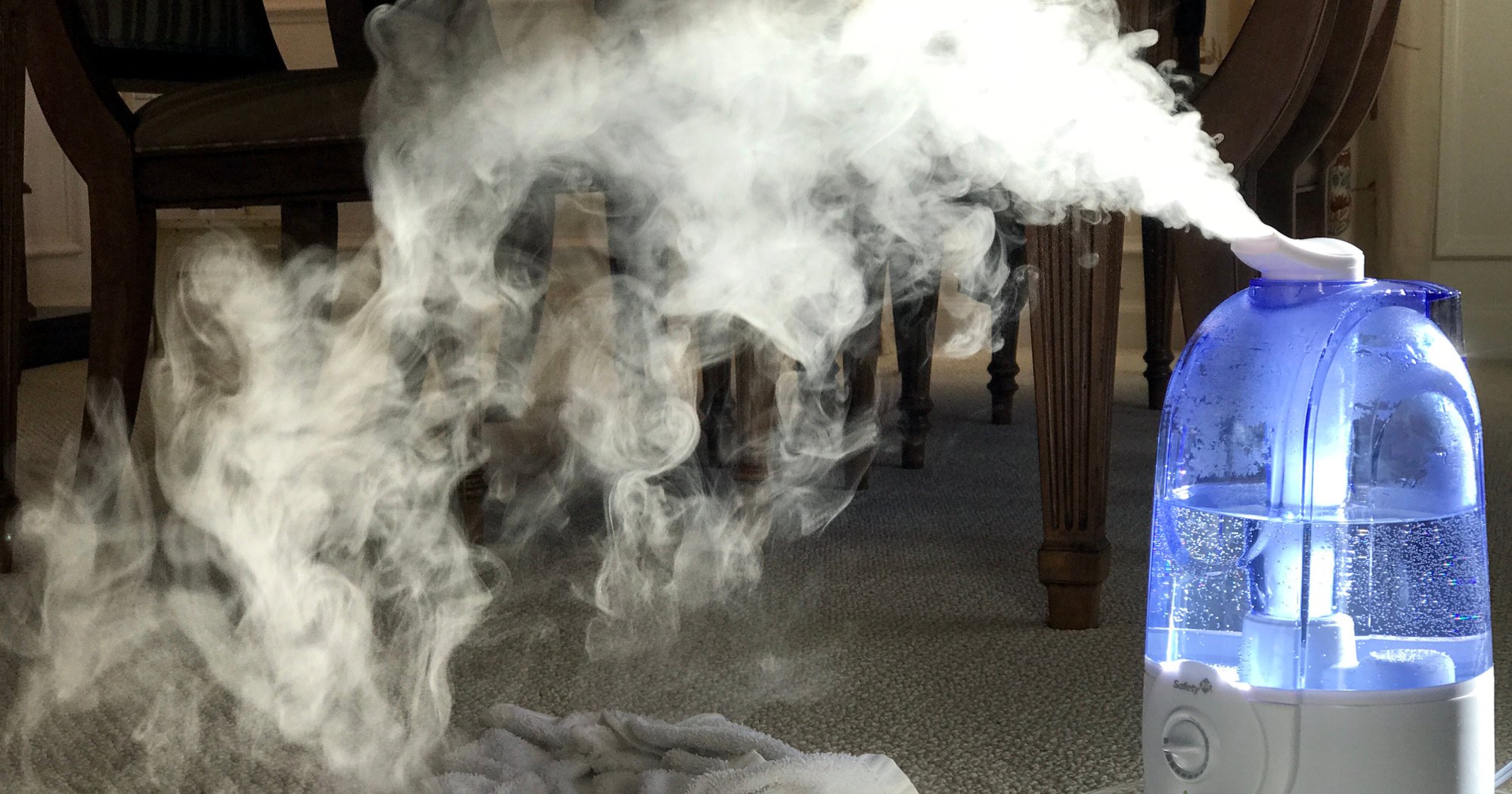

Articles
How Does An Ultrasonic Humidifier Work
Modified: February 27, 2024
Discover how ultrasonic humidifiers work with this informative article. Explore the science behind their technology and benefits for improved indoor air quality.
(Many of the links in this article redirect to a specific reviewed product. Your purchase of these products through affiliate links helps to generate commission for Storables.com, at no extra cost. Learn more)
Introduction
When it comes to maintaining a comfortable and healthy indoor environment, humidity plays a crucial role. Dry air can lead to common problems like dry skin, chapped lips, and irritated sinuses. This is where a humidifier comes in handy. Among the various types of humidifiers available on the market, one that stands out is the ultrasonic humidifier.
Ultrasonic humidifiers utilize advanced technology to efficiently add moisture to the air in your home or office. The popularity of these devices has been on the rise due to their effectiveness, quiet operation, and low energy consumption. In this article, we will take a closer look at how an ultrasonic humidifier works and explore its benefits.
Key Takeaways:
- Ultrasonic humidifiers use high-frequency vibrations to create a fine mist, increasing humidity levels without the need for heat. They offer quiet operation, energy efficiency, and customizable settings for optimal comfort.
- To ensure safe and effective use of ultrasonic humidifiers, regular cleaning, use of clean water, and proper placement are crucial. Monitoring humidity levels and following manufacturer instructions are essential for maintaining a healthy indoor environment.
Read also: 15 Best Ultrasonic Humidifier for 2025
What is an Ultrasonic Humidifier?
An ultrasonic humidifier is a device that helps to increase the humidity levels in indoor spaces by emitting a fine mist of water vapor. Unlike traditional humidifiers that rely on heat or fans to disperse moisture, ultrasonic humidifiers use ultrasonic vibrations to break down water particles into a mist, which is then released into the air. This mist evaporates quickly, increasing the humidity and providing relief from dry air.
These humidifiers are known for their quiet operation and energy efficiency. They are available in various sizes, ranging from small personal units to larger models for whole room coverage. Ultrasonic humidifiers are typically equipped with adjustable mist settings, allowing users to control the humidity level according to their preferences and needs.
The compact design and ease of use make ultrasonic humidifiers a popular choice among homeowners, office workers, and parents looking to improve the indoor air quality and create a more comfortable living or working environment.
Components of an Ultrasonic Humidifier
An ultrasonic humidifier consists of several key components that work together to create and disperse a fine mist of water vapor. These components include:
- Water Tank: This is where the water is stored before being atomized. The tank is typically removable for easy refilling and cleaning.
- Ultrasonic Vibrator: This component is responsible for generating high-frequency vibrations that transform the water into a mist. The ultrasonic vibrator is usually located at the bottom of the water tank.
- Atomization Disc: The ultrasonic vibrator is connected to an atomization disc, sometimes referred to as a nebulizer. This disc vibrates rapidly, causing the water on its surface to break apart into tiny water droplets.
- Wick or Filter: Some ultrasonic humidifiers feature a wick or filter that helps to further purify the water and remove impurities before it is converted into mist.
- Mist Outlet: The mist outlet is the opening through which the fine mist is released into the air. It is usually located at the top of the humidifier, and its design may vary depending on the specific model.
- Control Panel: The control panel allows users to adjust settings such as humidity level, mist intensity, and timer settings. Some models may also include additional features like built-in hygrometers and automatic shut-off functions.
- Power Cord: The power cord allows the humidifier to be connected to a power source, enabling it to operate.
These components work harmoniously to ensure that the ultrasonic humidifier effectively atomizes the water and disperses a fine mist of water vapor into the air, increasing the humidity level in the surrounding environment.
Working Principle of an Ultrasonic Humidifier
The working principle of an ultrasonic humidifier revolves around the process of creating a fine mist of water vapor by utilizing ultrasonic vibrations. Here is a step-by-step breakdown of how it works:
- Water Filling: The first step involves filling the water tank of the ultrasonic humidifier with clean and cold tap water. It is important to note that using distilled or filtered water can help prevent the buildup of mineral deposits.
- Ultrasonic Vibrations: Once the water tank is filled, the ultrasonic vibrator located at the bottom of the tank is activated. This component generates high-frequency ultrasonic vibrations ranging from 1 to 5 million cycles per second.
- Atomization Disc: The ultrasonic vibrations from the vibrator are then transmitted to the atomization disc, causing it to vibrate rapidly. The atomization disc is usually made of a metal or ceramic material that efficiently conducts the vibrations.
- Water Atomization: As the atomization disc vibrates, the water on its surface is broken down into tiny water droplets. The rapid vibrations create pressure waves that break the surface tension of the water and transform it into a mist.
- Mist Dispersion: The mist that is formed is then gently pushed upwards through the mist outlet, located at the top of the humidifier. The mist is released into the surrounding air, instantly increasing the humidity level.
It is important to note that the ultrasonic humidifier does not rely on heat to produce steam or a visible mist. Instead, it emits a cool mist that is safe and comfortable to breathe. The size of the water droplets produced by the ultrasonic humidifier is extremely fine, ranging from 1 to 5 microns in diameter. This fine mist evaporates quickly, ensuring efficient humidification without leaving any residue or dampness in the surrounding area.
The working mechanism of an ultrasonic humidifier ensures quiet operation and energy efficiency, making it a popular choice for bedrooms, offices, and other spaces where noise and energy consumption are a concern.
The Role of Ultrasonic Vibrations
Ultrasonic vibrations play a crucial role in the functioning of an ultrasonic humidifier. These high-frequency vibrations are responsible for converting water into a fine mist, which is then released into the air to increase the humidity level. Here’s a closer look at the role of ultrasonic vibrations in an ultrasonic humidifier:
Breaking the Surface Tension: The ultrasonic vibrations generated by the device are powerful enough to break the surface tension of the water. Surface tension is a property of liquids that causes them to contract and form droplets. By breaking the surface tension, the ultrasonic vibrations allow the water to separate into small droplets, increasing the surface area for evaporation.
Creating Pressure Waves: The rapid ultrasonic vibrations from the vibrator create pressure waves within the water. These pressure waves travel through the water, disrupting its surface and creating a constant agitation. This agitation leads to the formation of tiny water droplets, which are essential for creating the fine mist.
Promoting Water Atomization: As the water on the atomization disc experiences the ultrasonic vibrations, it is transformed into a mist comprised of extremely small water droplets. The high frequency of the vibrations causes the water particles to oscillate and break apart into a fine spray, resulting in efficient evaporation and dispersion of moisture.
Increasing Efficiency: The use of ultrasonic vibrations in the humidification process makes ultrasonic humidifiers highly efficient. The vibrations convert nearly all of the water into a mist, with minimal waste. This efficiency ensures that the device operates for longer periods without requiring frequent water refills.
Quiet Operation: Ultrasonic vibrations are responsible for the whisper-quiet operation of ultrasonic humidifiers. Unlike other types of humidifiers that may produce noise from fans or heating elements, the use of ultrasonic vibrations ensures a peaceful and undisturbed environment.
The role of ultrasonic vibrations is integral to the functionality and benefits of an ultrasonic humidifier. These vibrations effectively break down water particles, allowing for the creation of a fine mist that increases humidity levels and provides a more comfortable indoor environment.
Read more: How Long Does It Take A Humidifier To Work
Water Atomization Process
The water atomization process is a key step in the functioning of an ultrasonic humidifier. It involves the conversion of liquid water into a fine mist of tiny water droplets that can be dispersed into the air. Let’s delve into the water atomization process in an ultrasonic humidifier:
Atomization Disc Vibrations: The heart of the atomization process lies in the ultrasonic vibrations generated by the device. As mentioned earlier, an ultrasonic humidifier utilizes an atomization disc, often made of metal or ceramic material, which vibrates at a high frequency. These vibrations are produced by the ultrasonic vibrator located in the water tank.
Water Friction: When the ultrasonic vibrator causes the atomization disc to vibrate, water comes into contact with its surface. The rapid vibrations create friction between the water molecules and the vibrating surface, resulting in a disturbance of the water’s cohesive forces.
Breaking Surface Tension: The friction caused by the vibrating atomization disc breaks the surface tension of the water. Surface tension is a property that allows water molecules to stick together and form droplets. By breaking this surface tension, the ultrasonic vibrations allow the water to separate into much smaller droplets, increasing the surface area available for evaporation.
Formation of Tiny Water Droplets: As the vibrating atomization disc agitates the water, the water droplets break apart and become smaller. The high-frequency vibrations cause the water particles to oscillate and disperse into tiny droplets, ranging in size from 1 to 5 microns in diameter.
Mist Generation: The rapidly vibrating atomization disc creates pressure waves within the water, resulting in the formation of a mist. The pressure waves travel through the water, causing the water droplets to separate into a fine spray. These tiny water droplets comprise the mist that will be dispersed into the surrounding air to increase humidity levels.
Efficient Evaporation: The small size of the water droplets produced by the water atomization process enables efficient evaporation. The fine mist evaporates quickly as it is dispersed into the air, ensuring effective humidification without leaving behind any residue or dampness in the vicinity.
The water atomization process is a crucial step in an ultrasonic humidifier, as it transforms liquid water into a fine mist that can effectively increase humidity levels in indoor spaces. By breaking surface tension, creating pressure waves, and forming tiny water droplets, the atomization process allows for efficient and rapid humidification in a quiet and energy-efficient manner.
When using an ultrasonic humidifier, make sure to use distilled water to prevent mineral buildup and white dust. Regular cleaning and maintenance are also important for optimal performance.
Creating a Fine Mist
Creating a fine mist is a critical aspect of an ultrasonic humidifier’s functioning. The mist produced is essential for effectively increasing humidity levels in indoor spaces. Let’s explore how an ultrasonic humidifier creates a fine mist:
Ultrasonic Vibrations: The ultrasonic humidifier utilizes ultrasonic vibrations to break down water particles. These high-frequency vibrations are generated by the ultrasonic vibrator located at the bottom of the water tank. The vibrations are transmitted to the atomization disc, which is responsible for creating the mist.
Mist Generation: As the atomization disc vibrates, it comes into contact with the water in the tank. The rapid vibrations create pressure waves in the water, causing it to disperse into tiny water droplets. These droplets are suspended in the air, forming a mist that is visible to the naked eye.
Micron-Sized Droplets: The mist produced by an ultrasonic humidifier consists of incredibly small water droplets, typically ranging in size from 1 to 5 microns in diameter. These droplets are significantly smaller than those produced by other types of humidifiers. The small size is crucial for efficient evaporation and dispersion into the air.
Uniform Distribution: The fine mist created by the ultrasonic humidifier is evenly dispersed into the surrounding air. This ensures that the humidity levels are increased consistently throughout the room, providing maximum comfort and health benefits to occupants.
Safe and Cool Mist: Unlike other humidifiers that may produce hot steam, an ultrasonic humidifier emits a cool mist, making it safe to use around children and pets. The cool mist also helps to maintain the ambient room temperature, eliminating the need for additional cooling.
Quick Evaporation: Due to the small size of the water droplets, the mist produced by an ultrasonic humidifier evaporates quickly. This fast evaporation prevents any residual moisture or dampness in the surrounding area, ensuring a comfortable and dry environment.
The creation of a fine mist is a key feature of ultrasonic humidifiers. By utilizing ultrasonic vibrations, these devices can break down water particles into tiny droplets, ensuring efficient and uniform distribution of moisture in the air.
Dispersion of Humidity
Once a fine mist is created by an ultrasonic humidifier, the next step is to disperse this mist into the surrounding environment to increase humidity levels. Here’s a closer look at the dispersion process and how it contributes to creating a more comfortable indoor space:
Mist Outlet: The mist outlet is the opening through which the fine mist is released from the humidifier. It is strategically located at the top of the device to allow for optimal dispersion of the mist.
Air Flow: As the ultrasonic humidifier emits the fine mist, the natural air flow in the room helps to disperse it throughout the space. Air circulation caused by natural ventilation or other means, such as fans or HVAC systems, facilitates the movement of the moist air particles.
Humidity Increase: As the fine mist is dispersed into the air, the water droplets in the mist begin to evaporate. Evaporation is a natural process where the water molecules transition from the liquid phase to the vapor phase. This evaporation increases the humidity levels in the room, effectively combating dry air conditions.
Even Distribution: Ultrasonic humidifiers are designed to disperse the mist evenly across the room. The mist outlet is usually positioned in a central location, allowing for a uniform distribution of humidity throughout the space. This ensures that all corners of the room receive the benefits of increased moisture.
Quick Moisture Absorption: The small size of the water droplets generated by an ultrasonic humidifier enables quick moisture absorption by the air. These tiny droplets evaporate rapidly, allowing the air to absorb the moisture efficiently. This results in a faster response and noticeable improvement in humidity levels in the room.
Customizable Settings: Many ultrasonic humidifiers offer customizable settings to control the mist output and humidity level. Users can adjust these settings based on their preferences and the size of the room to achieve the desired humidity levels. Some models also feature built-in hygrometers, which measure the humidity in real-time and help maintain optimal moisture levels in the space.
The dispersion of humidity is a crucial aspect of an ultrasonic humidifier’s functionality. By effectively dispersing the fine mist into the air and promoting quick moisture absorption, these devices significantly improve the humidity levels in indoor spaces, creating a more comfortable and healthy environment for occupants.
Benefits of Using an Ultrasonic Humidifier
Ultrasonic humidifiers offer a range of benefits that make them a popular choice for improving indoor air quality and creating a more comfortable living or working environment. Here are some key benefits of using an ultrasonic humidifier:
1. Increased Humidity: The primary benefit of an ultrasonic humidifier is its ability to increase humidity levels. By emitting a fine mist of water vapor into the air, these devices effectively combat dry air conditions, which can lead to dry skin, irritated nasal passages, and respiratory discomfort.
2. Improved Breathing: Dry air can cause congestion and make it difficult to breathe, especially for those with respiratory conditions like asthma or allergies. An ultrasonic humidifier adds moisture to the air, helping to alleviate congestion and promote easier breathing, resulting in better overall respiratory health.
3. Relief from Dry Skin: Dry air can strip the skin of its natural moisture, leading to dryness, itching, and flakiness. The added humidity from an ultrasonic humidifier helps to hydrate the skin, reducing dryness and promoting a healthier complexion.
4. Reduced Snoring: Dry air can contribute to snoring by causing nasal passages and throat tissues to become dry and irritated. By increasing humidity levels, an ultrasonic humidifier can help keep the airways moist, reducing snoring and improving sleep quality for both the snorer and their bed partner.
5. Allergy Relief: Ultrasonic humidifiers can provide relief from allergy symptoms by minimizing airborne allergens. The moisture in the air helps to keep dust, pollen, and other allergens from becoming airborne, reducing the chances of allergic reactions and providing relief to allergy sufferers.
6. Quieter Operation: Ultrasonic humidifiers are known for their quiet operation. Unlike traditional humidifiers that rely on noisy fans or heating elements, ultrasonic humidifiers utilize ultrasonic vibrations, making them nearly silent when in use. This ensures a peaceful and undisturbed environment, especially during sleep or work hours.
7. Energy Efficiency: Ultrasonic humidifiers are energy-efficient, consuming less electricity compared to other types of humidifiers. The absence of heating elements or fans means they use less power, resulting in energy savings and lower utility bills.
8. Versatile Placement Options: Ultrasonic humidifiers come in various sizes, allowing for flexible placement options. Whether it’s a small unit for a nursery, a portable device for travel, or a larger model for a living room, there is a wide range of options to suit different needs and spaces.
9. Easy Maintenance: Ultrasonic humidifiers are generally easy to clean and maintain. The absence of heating elements reduces the chances of mineral buildup, and most models have removable water tanks that can be easily refilled and cleaned. Regular cleaning and proper maintenance help ensure optimal performance and longevity of the device.
10. Aesthetic Appeal: Many ultrasonic humidifiers feature sleek and modern designs, making them visually appealing and an attractive addition to any room decor. They can blend seamlessly into the surroundings and even serve as a decorative element.
Overall, an ultrasonic humidifier can significantly improve the indoor environment by increasing humidity levels, reducing allergies and congestion, promoting better sleep, and enhancing overall comfort. With their quiet operation, energy efficiency, and ease of use, these devices are a valuable investment for maintaining healthy indoor air quality.
Read more: How Humidifier Works
Precautions for Using an Ultrasonic Humidifier
While ultrasonic humidifiers offer numerous benefits, it is important to take certain precautions to ensure their safe and optimal use. Here are some important precautions to keep in mind when using an ultrasonic humidifier:
1. Regular Cleaning: Regularly clean and maintain your ultrasonic humidifier according to the manufacturer’s instructions. This helps prevent the buildup of mineral deposits and the growth of mold or bacteria. Empty and refill the water tank daily, and clean all the components at least once a week.
2. Use Clean Water: Always use clean, distilled, or filtered water in your ultrasonic humidifier to reduce the risk of mineral buildup and white dust. Tap water may contain impurities and minerals that can accumulate over time and affect the functioning of the device.
3. Avoid Over-Humidification: Be cautious not to over-humidify the room. Excess humidity can promote the growth of mold and bacteria, leading to respiratory issues and unpleasant odors. Use a hygrometer to monitor and maintain the indoor humidity level within the recommended range of 30-50%.
4. Secure Placement: Ensure that the ultrasonic humidifier is placed on a stable and elevated surface, away from the reach of children and pets. This prevents accidental spills or tipping over of the device, which can result in damage or injury.
5. Avoid Direct Sunlight: Place the ultrasonic humidifier in a location away from direct sunlight. Sunlight can cause the growth of algae or bacteria in the water tank, affecting the quality of the mist emitted.
6. Timer Settings: If your ultrasonic humidifier has a timer function, use it judiciously. Extended or prolonged use may lead to excessive humidity levels in the room, which can contribute to mold growth or discomfort.
7. Regular Filter Replacement: If your ultrasonic humidifier has a filter, follow the manufacturer’s recommendations regarding filter replacement. Regularly replacing filters helps maintain the efficiency and cleanliness of the humidifier.
8. Optimal Room Size: Consider the recommended room size coverage of your specific ultrasonic humidifier. Using a humidifier in a room larger than its coverage may result in inefficient humidification, while using a larger humidifier in a small room may lead to excessive moisture levels.
9. Safe Disconnection: Before cleaning or refilling the ultrasonic humidifier, ensure it is disconnected from the power source. This prevents any electric shocks or accidents during maintenance.
10. Follow Manufacturer Instructions: Always refer to the user manual and follow the manufacturer’s instructions for the specific model of your ultrasonic humidifier. This ensures proper and safe usage, as different brands or models may have unique features and requirements.
By following these precautions, you can ensure the safe and effective use of your ultrasonic humidifier, promoting a healthy and comfortable indoor environment.
Conclusion
Ultrasonic humidifiers offer a reliable and efficient solution for maintaining proper humidity levels in the home or office. Through the use of ultrasonic vibrations, these devices produce a fine mist of water vapor, effectively increasing moisture in the air and improving indoor air quality. Not only do ultrasonic humidifiers alleviate common issues caused by dry air, such as dry skin and irritated sinuses, but they also provide numerous benefits that contribute to a more comfortable and healthier living environment.
The components of an ultrasonic humidifier work together seamlessly to create the desired mist. The ultrasonic vibrations produced by the device’s vibrator break down the water particles, resulting in tiny water droplets that are dispersed into the air. This dispersion of humidity ensures an even distribution of moisture throughout the room, promoting optimal comfort and alleviating respiratory discomfort.
One of the main advantages of ultrasonic humidifiers is their quiet operation. Unlike traditional humidifiers that rely on fans or heating elements, ultrasonic humidifiers operate nearly silently, allowing for undisturbed sleep or work. Additionally, these devices are energy-efficient, consuming less electricity and saving on utility bills.
With the ability to customize settings and adjust mist output, ultrasonic humidifiers offer versatility and convenience. They come in various sizes, making them suitable for different room sizes and purposes. Easy maintenance and cleaning routines ensure proper functioning and longevity of the device, requiring minimal effort for optimal performance.
However, it is essential to follow certain precautions when using an ultrasonic humidifier. Regular cleaning, the use of clean water, and proper placement contribute to the safe and effective operation of the device. Monitoring humidity levels and avoiding over-humidification are crucial for maintaining a healthy indoor environment.
In conclusion, ultrasonic humidifiers offer a practical and efficient solution for increasing humidity levels and improving indoor air quality. Their benefits extend beyond providing relief from dry air symptoms, enhancing respiratory health, and promoting comfortable living and working conditions. By incorporating an ultrasonic humidifier into your indoor space and following the necessary precautions, you can enjoy the advantages of balanced humidity, contributing to your overall well-being and creating a more pleasant and enjoyable atmosphere.
Frequently Asked Questions about How Does An Ultrasonic Humidifier Work
Was this page helpful?
At Storables.com, we guarantee accurate and reliable information. Our content, validated by Expert Board Contributors, is crafted following stringent Editorial Policies. We're committed to providing you with well-researched, expert-backed insights for all your informational needs.
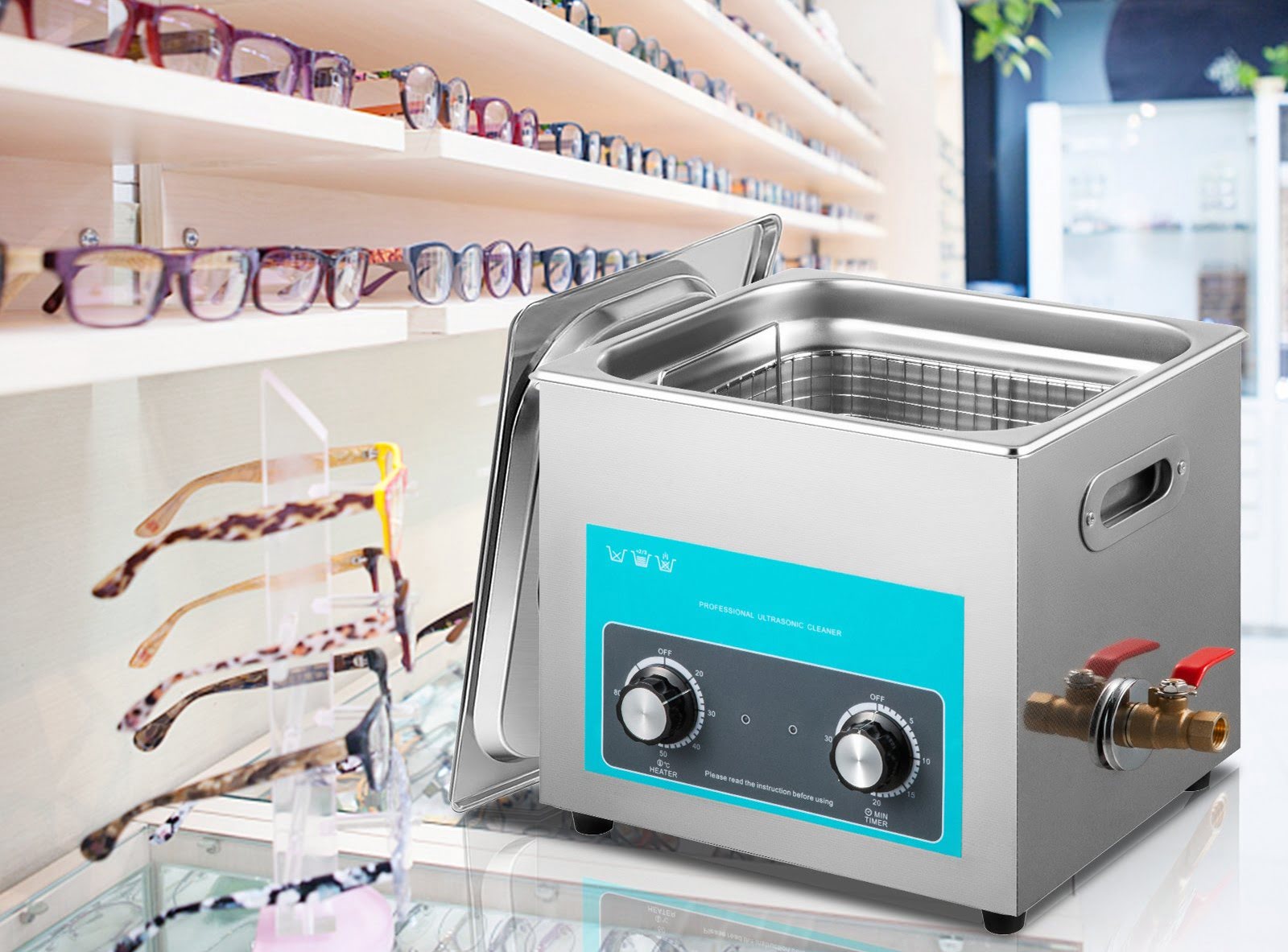
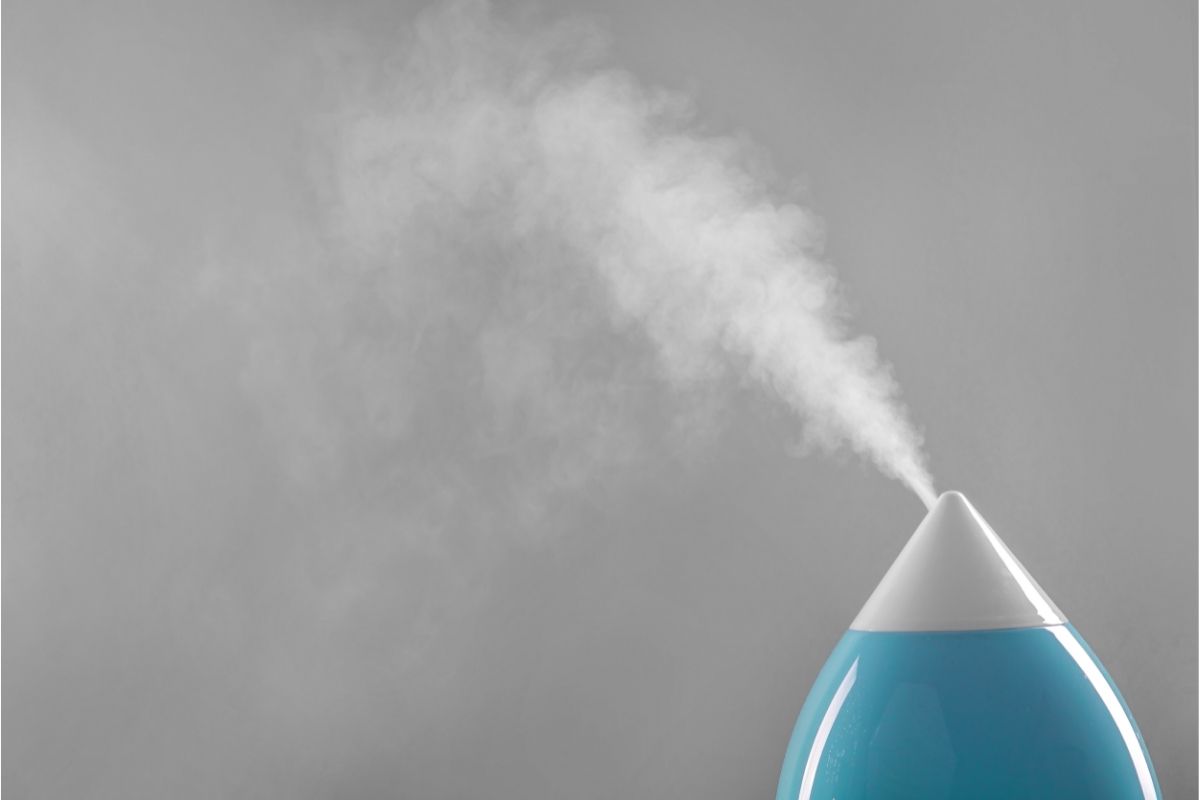
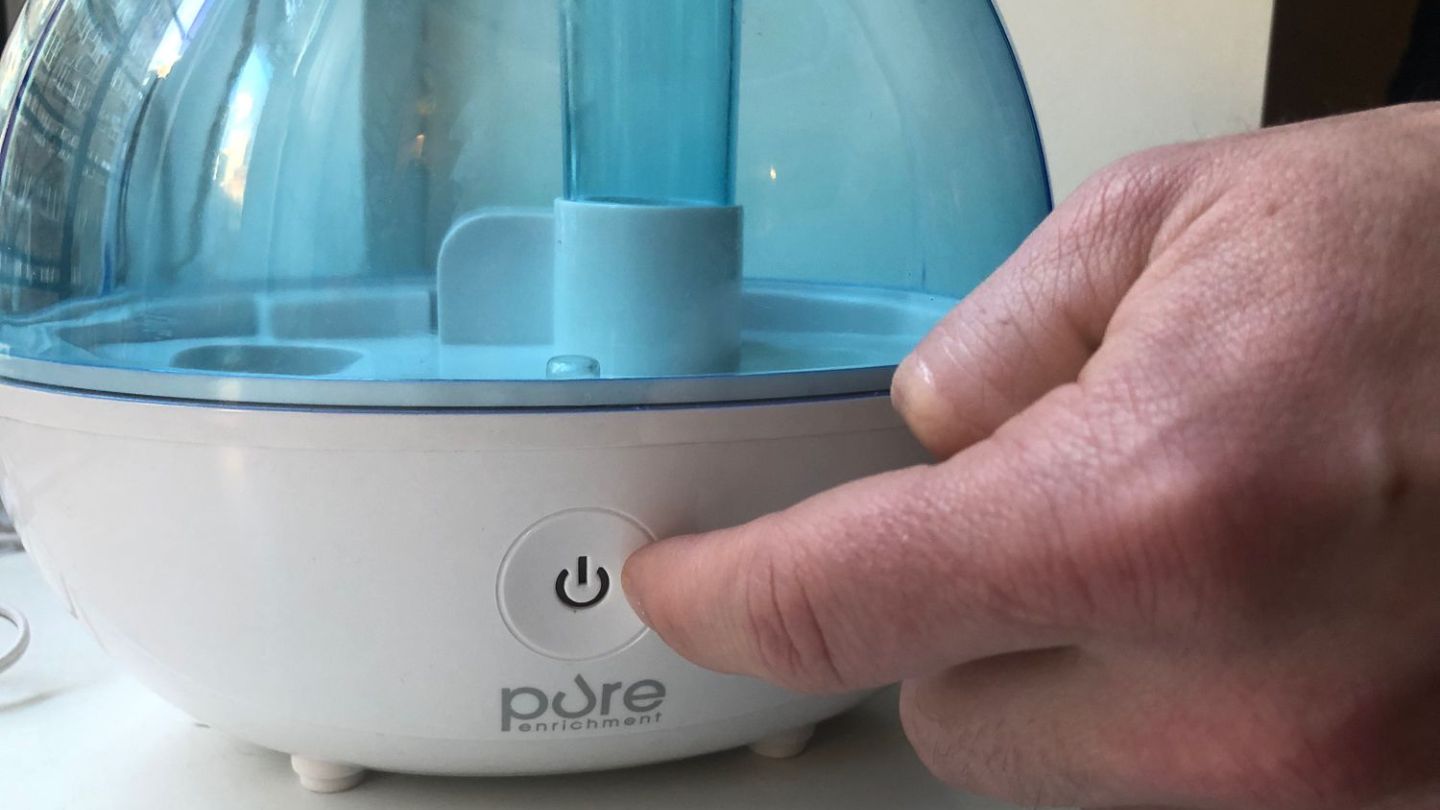
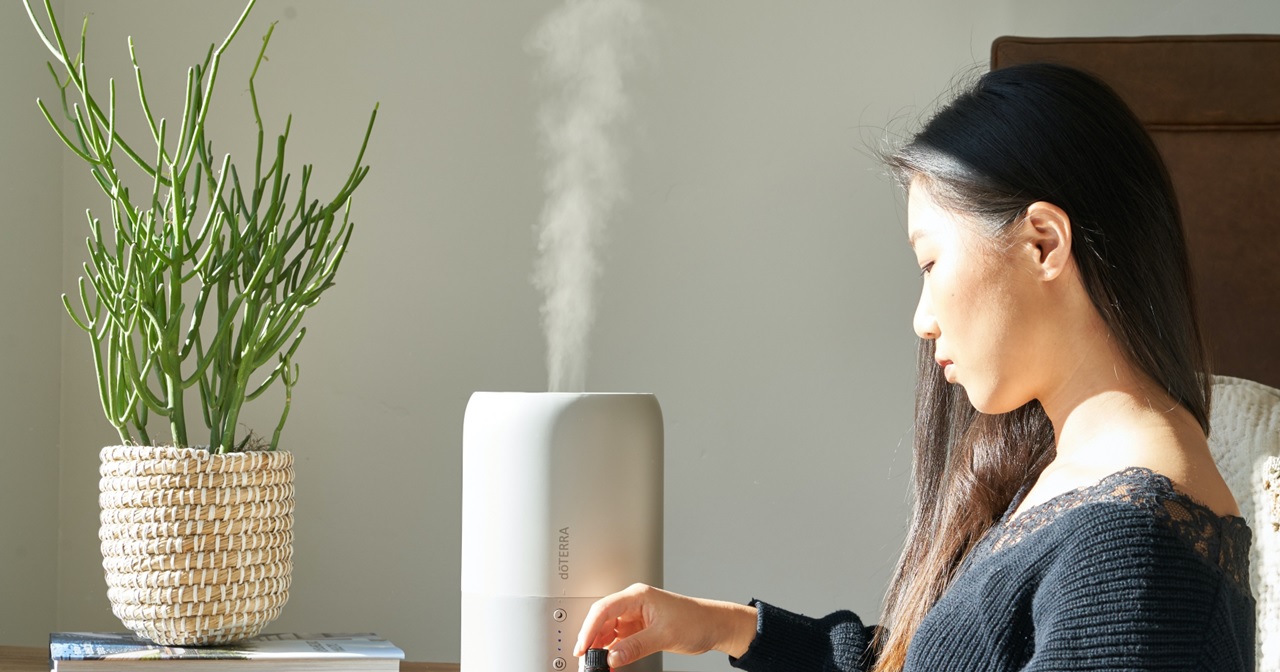
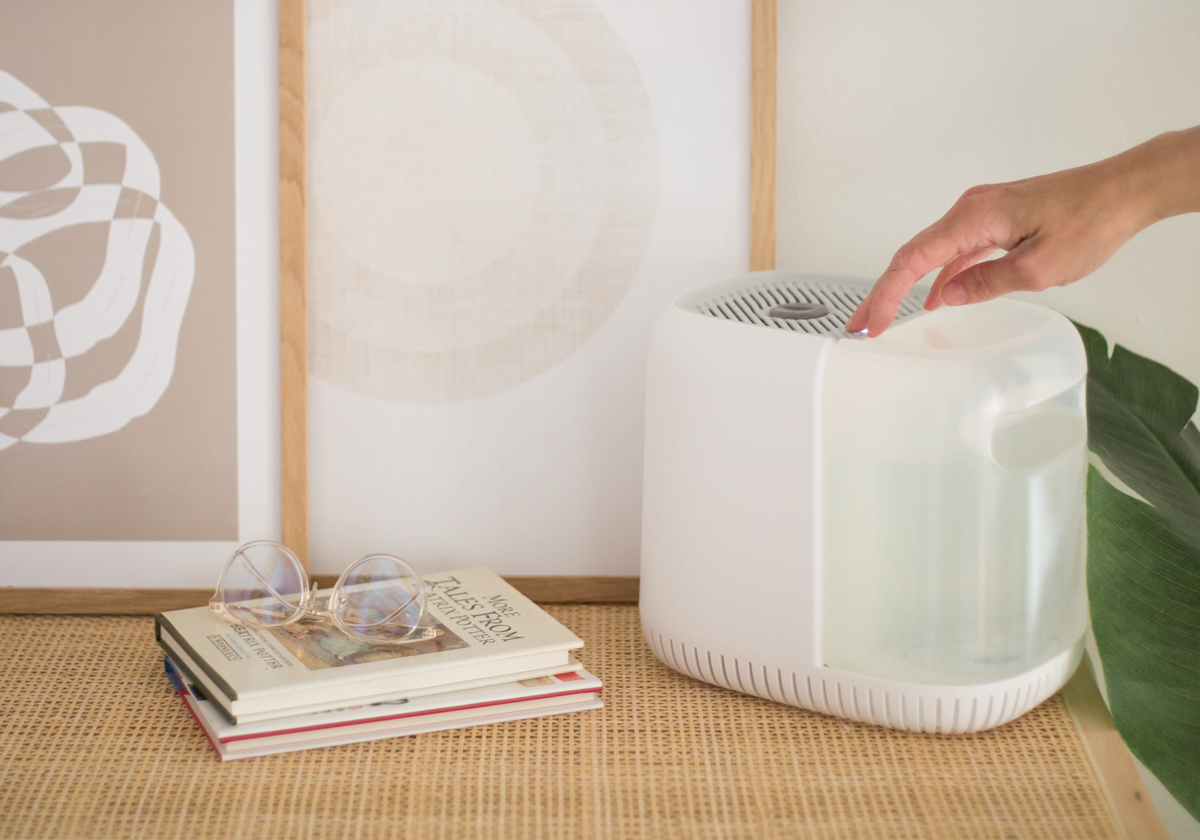



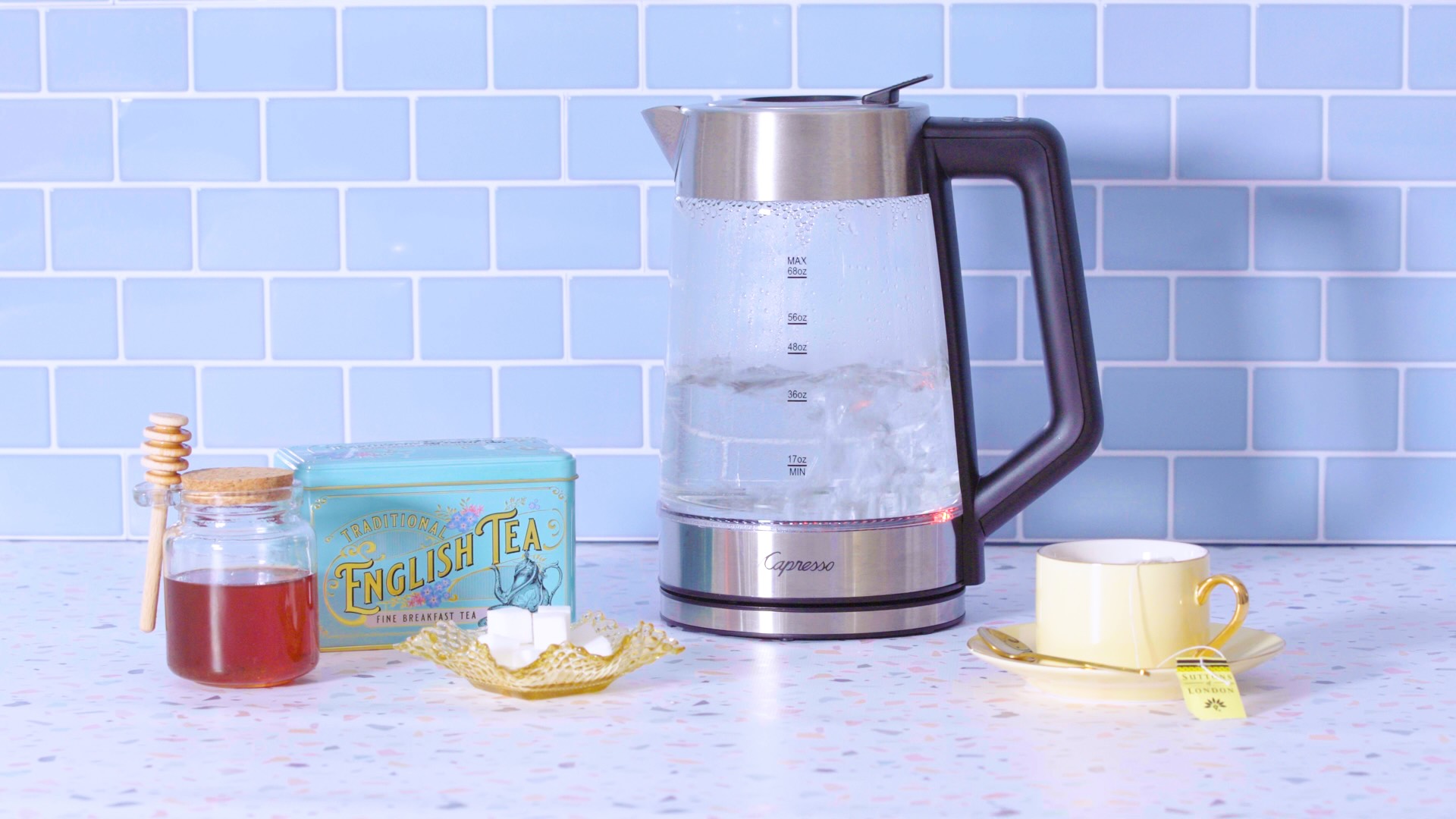
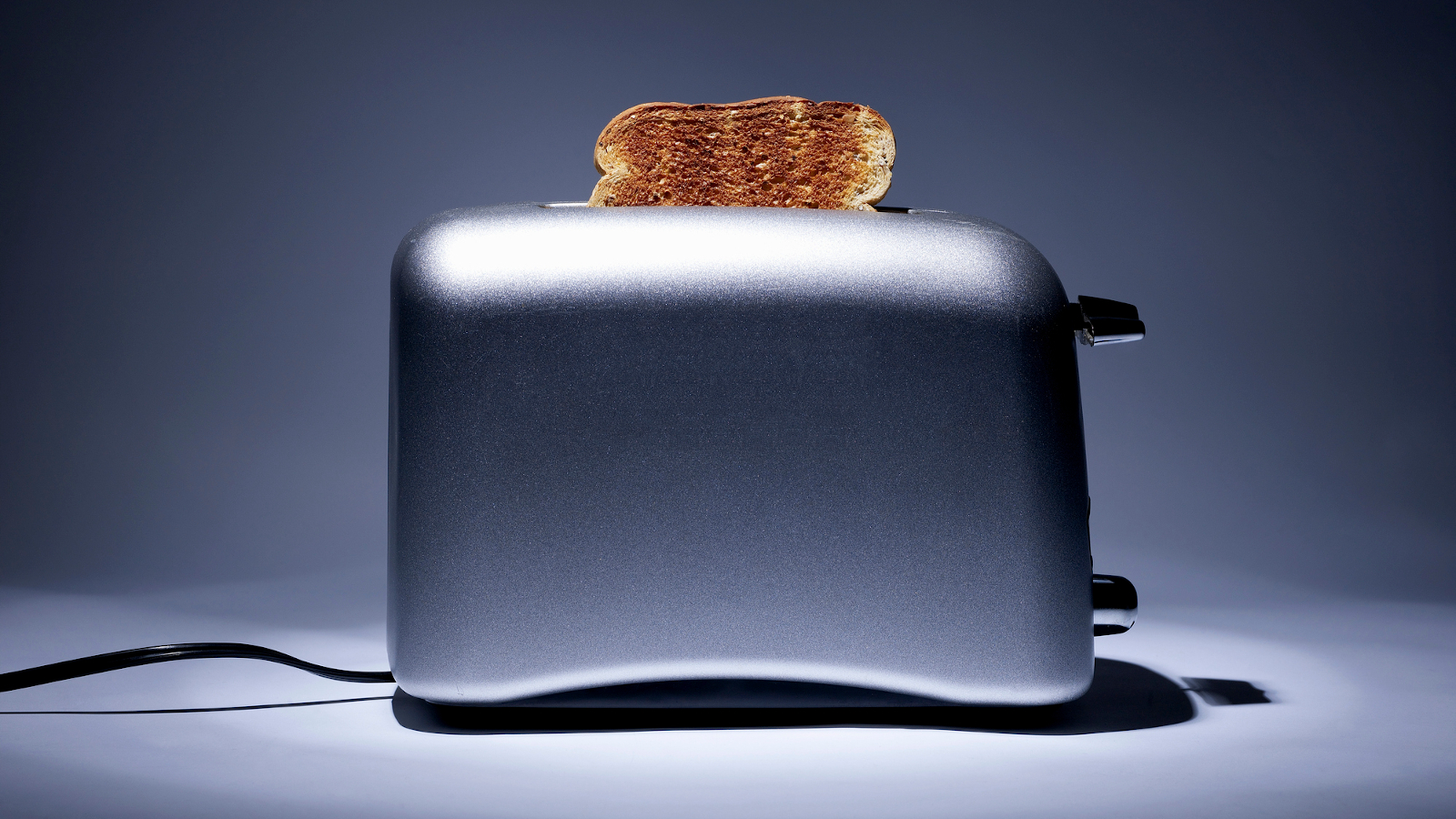
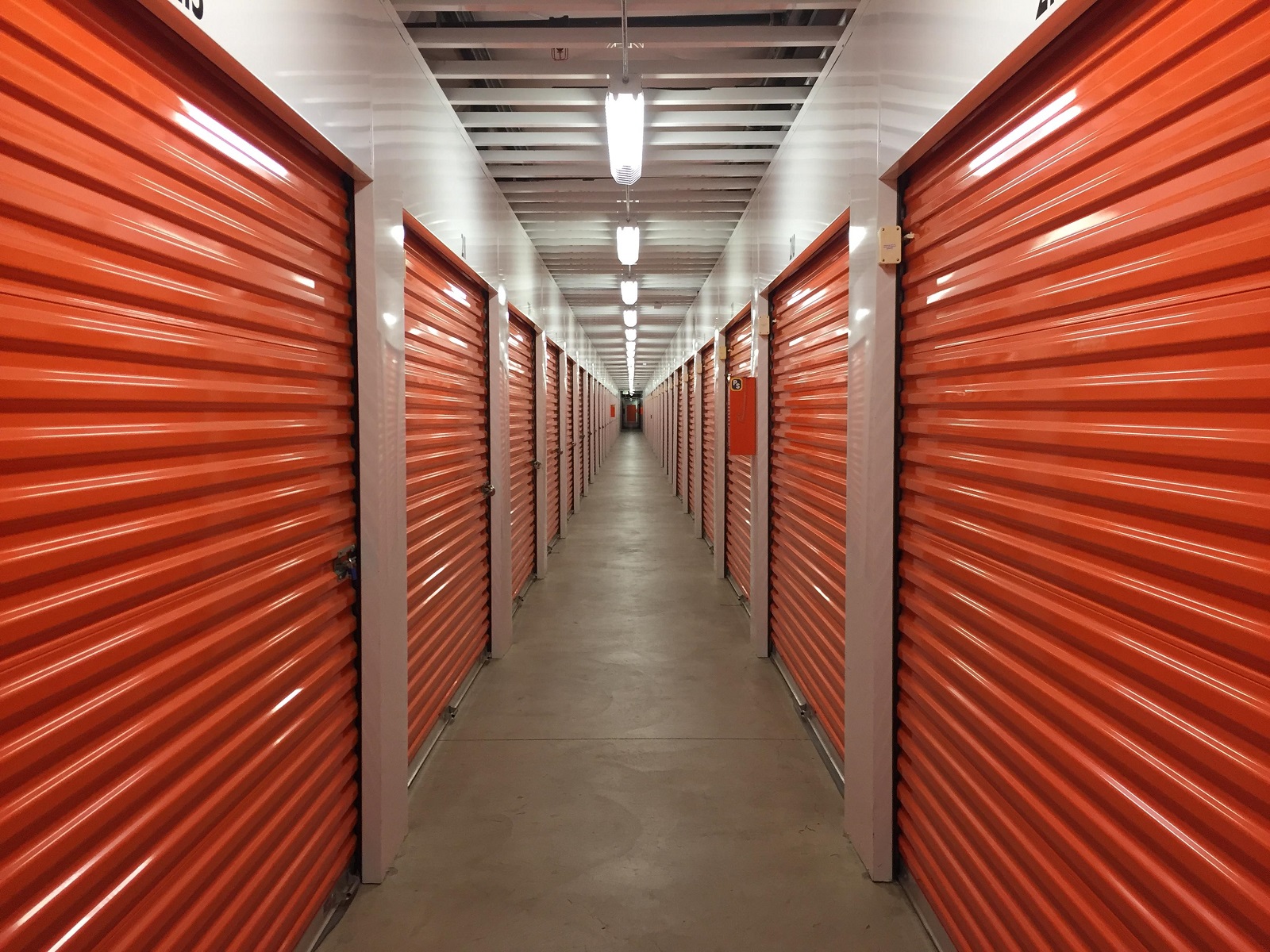

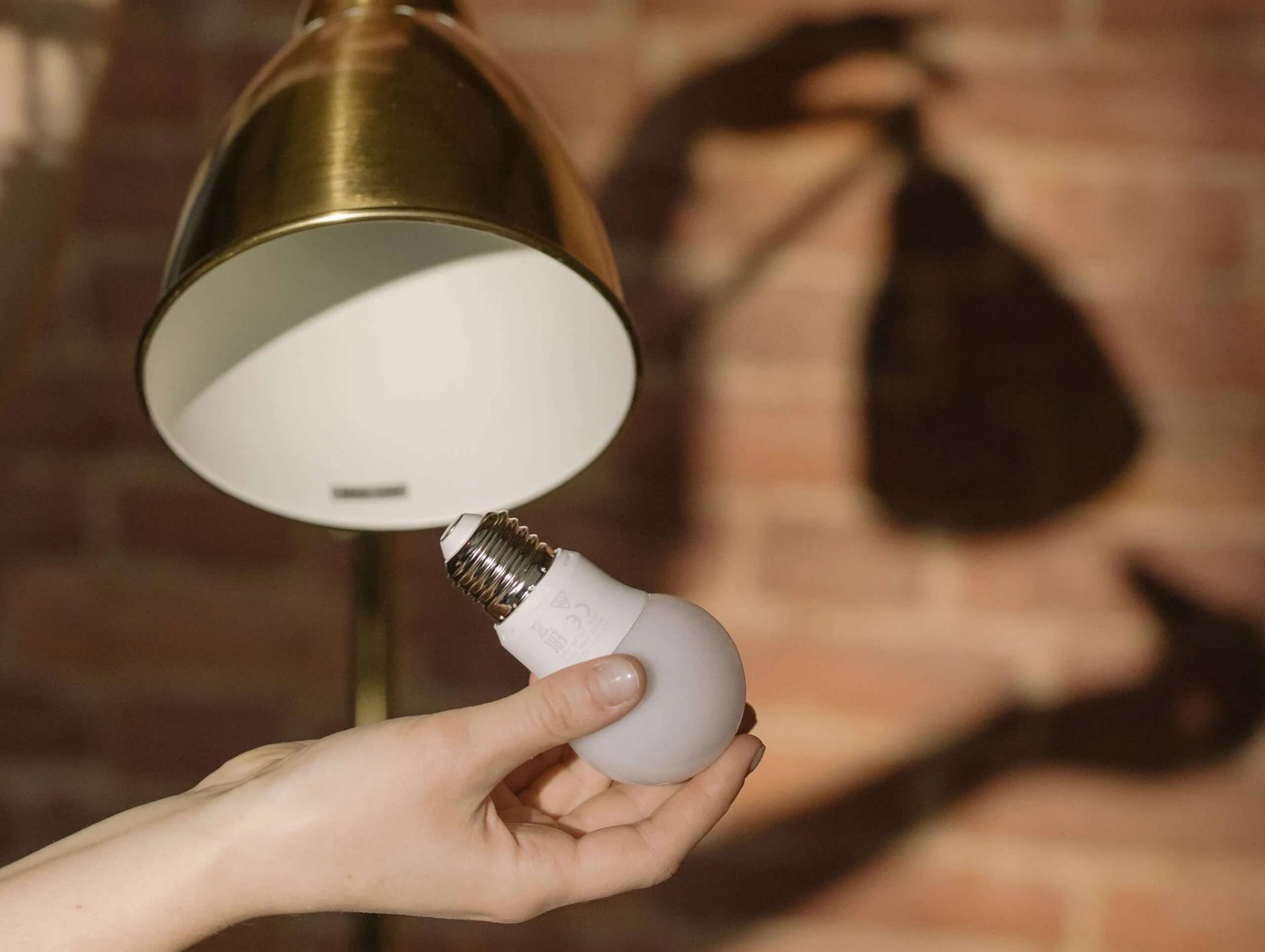

0 thoughts on “How Does An Ultrasonic Humidifier Work”